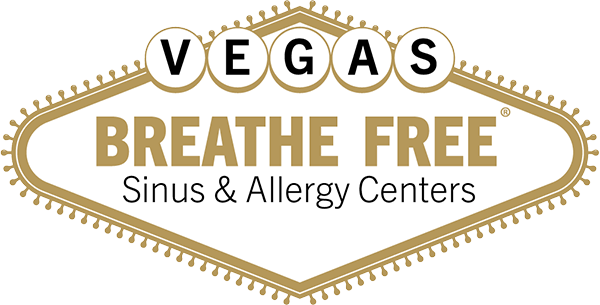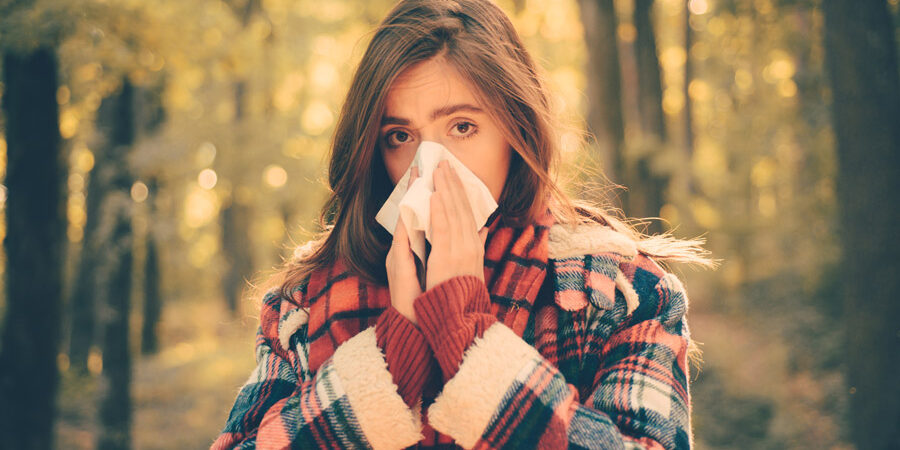Fall is Right Around the Corner!
The fall season brings forth some of the most iconic smells, tastes, and activities of the year: pumpkin patches, football season in full swing, back to school, harvest festivals, Halloween and haunted houses, and so much more. It’s hard not to enjoy the fall. However, nobody is immune from a blocked nose, preventing them from fully experiencing the fun turn of a new season.
What is a Blocked Nose?
A blocked nose is any blockage of the nasal passages that prevents one from being able to have a clean and unobstructed airway. These blockages can be caused by many different factors, from airborne pathogens like the dust collected on last year’s fall decorations, colds and flu, and overly powerful scents and perfumes.
Impacts of a Blocked Nose
Not only are nose obstructions annoying, but they also have side effects that are often not considered, unless brought up by a physician or specialist. A blocked nose can impact the ability to smell. It can cause dry mouth, poor sleep, sinus headaches, and a runny nose. Since the sinuses are located in the face, maxillaries can swell and cause toothaches. They can even lead to, strangely enough, malpositioned teeth, as swollen sinuses exert pressure on tooth roots.
Different Types of Blocked Noses
There is more to a blocked nose than just being “congested” or “clogged up.” Blocked noses can originate in many ways, and not only from fluid buildup. Nasal passages can be blocked by factors like having a deviated septum, inflamed valves, turbinates, or swell bodies.
- The septum is the wall on the inside of the nose; a deviated septum is one that is bent, often to the point that it blocks some or all of the sinus pathways.
- The nasal valve is what helps to hold your nostrils open.
- The turbinates are little “pathways” in the nose that help to regulate airflow as well as to filter and warm the air you breathe.
- Swell bodies are small structures located near the inferior turbinates that swell in response to histamines that instigate effects like sneezing, runny noses, and congestion.
All of these nasal structures can have alterations or problems that prevent a person from being able to breathe clearly or get proper drainage, leading to a blocked nose.
What can be done?
Fortunately, we live in a time in which we can take over the counter medicines or even undergo surgeries that can help prevent or diminish nasal blockage, allowing us to breathe better. Some people prefer nasal sprays. Nasal sprays have various properties and differences that enable them to act on specific hindrances in the nasal passages, or symptoms caused by nasal problems. Antihistamines, for example, help relieve congestion, a runny or itchy nose, and sneezing. Oral decongestants work from inside the body to help relieve some of the nasal blockages by helping to narrow the blood vessels in the nose and reduce swelling. There are even procedures, like Balloon Sinuplasty, which open the nasal passages, allowing for easier airflow and helping to eliminate the blockage. From nasal sprays to procedures, it is easier than ever to enjoy the foods, smells, activities, and changes that make the fall season so great.
Breathe in the Fall!
It’s time to get out and enjoy the changing of the seasons, explore new roads, and try new things. Fall, however, is just the beginning. The holiday season is just around the corner. Be a step ahead and get your nose ready for the crisp peppermints, steaming cocoa, warm vanilla, pine, and iconic Christmas cookies.


